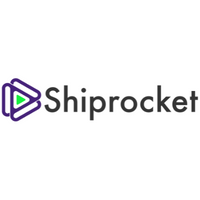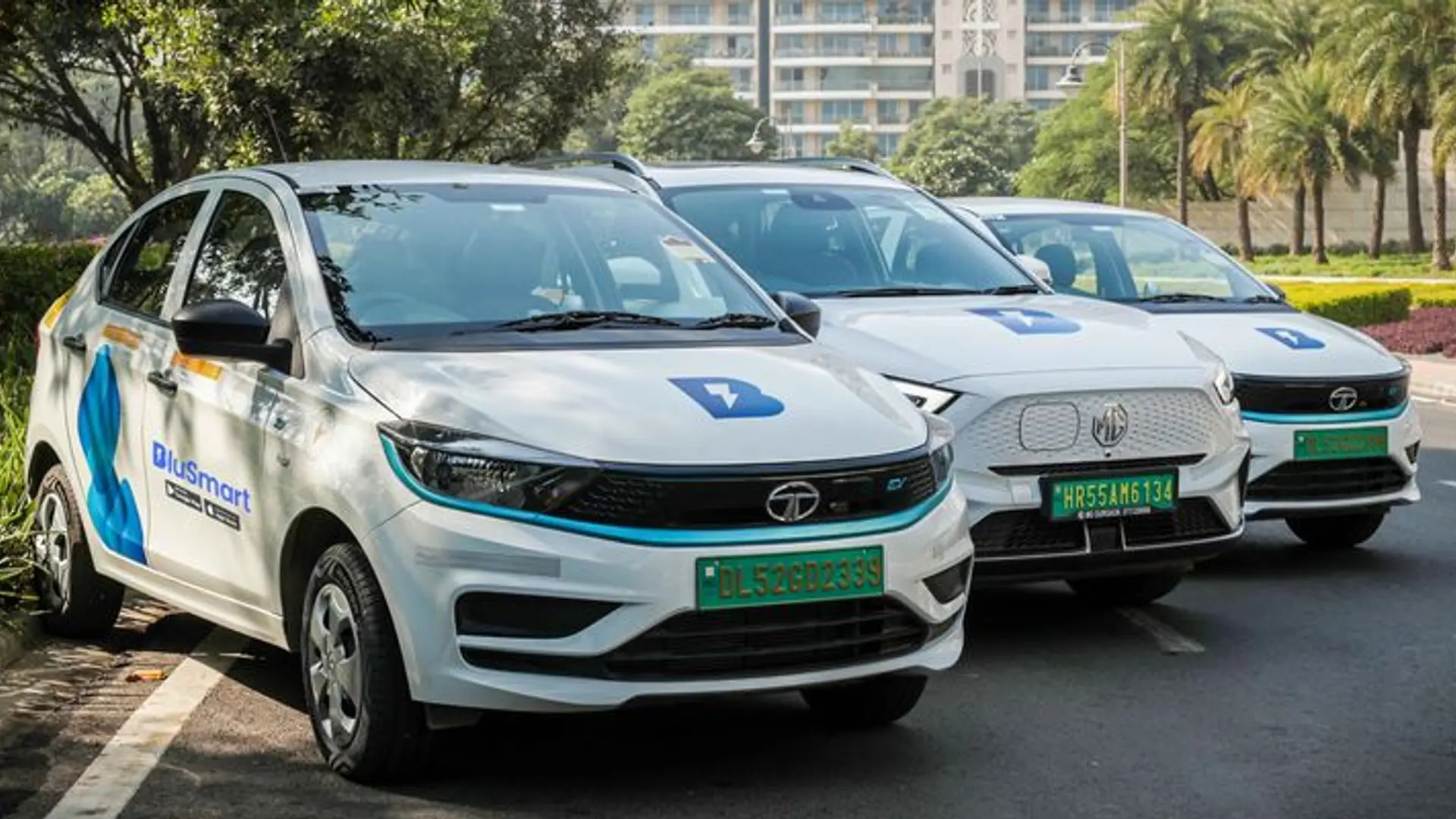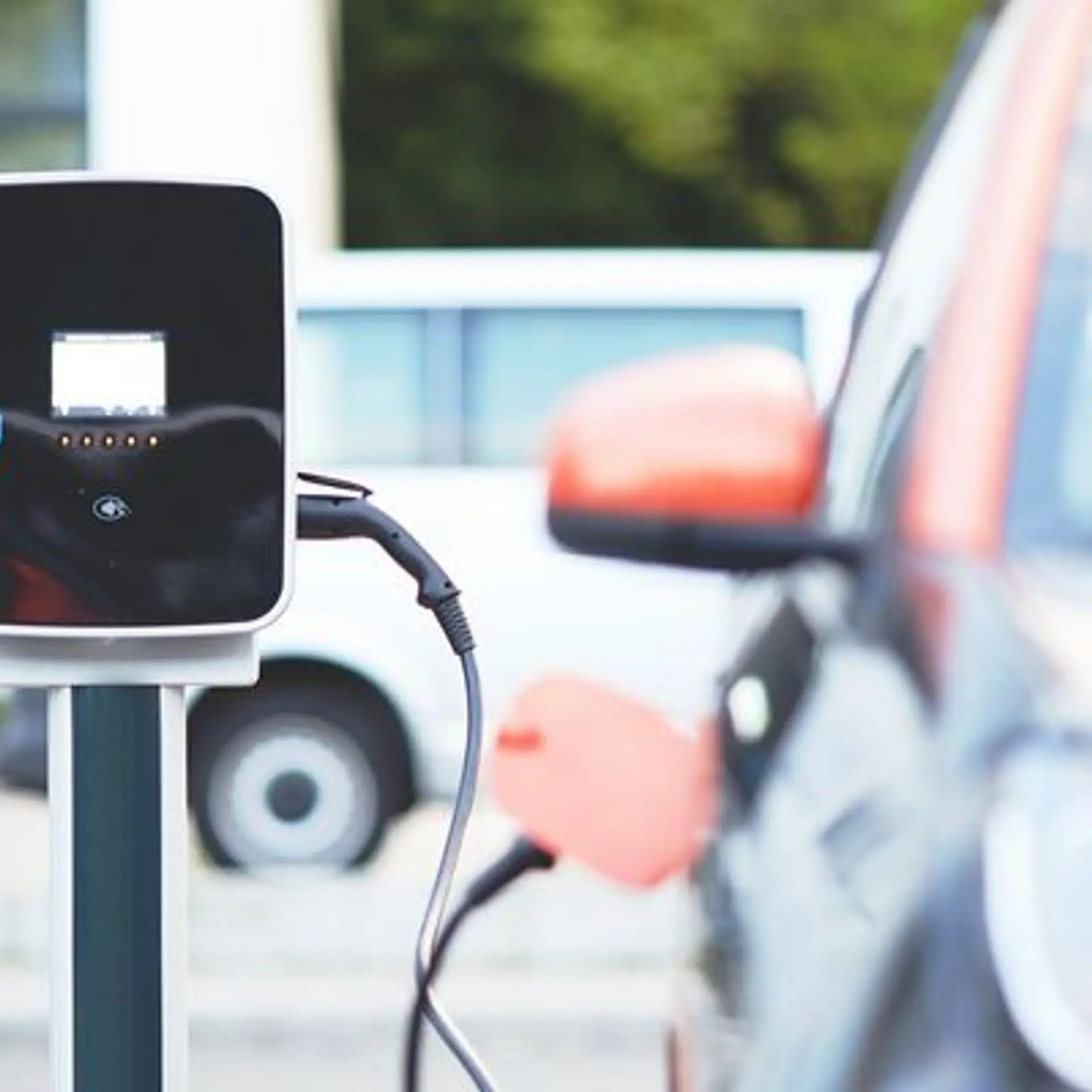
Shiprocket
View Brand PublisherD2C founders weigh in on building seamless consumer experiences
Industry experts discussed the nuances of building an end-to-end consumer journey at the recently-held D2C Carwaan in Kolkata.
The best marketing money can buy you is a customer who will promote your business for you - the one who remains loyal to your brand and promotes through word-of-mouth marketing.
The Kolkata edition of D2C Carwaan by YourStory and Shiprocket put the spotlight on building great end-to-end consumer experiences.
Jivraj Sigh Sachar along with Praful Poddar, SVP, Product Development, ; Vargab Bakshi, Vice President and Country Head, India at Wix.com; Aneesh Satnaliwala, Co-founder, ; and Vedika Tibrewal, Founder, , discussed crucial aspects of their business growth journey.
Here is a lowdown on the key highlights of the panel discussion.
Understanding the differentiating factor
In this competitive business age, brands are required to constantly innovate and create a differentiating factor that can help them stand out from the crowd.
Aneesh of Country Bean kickstarted the discussion by talking about how they were directly competing with legacy brands such as Nescafe and BRUs of the world. “While these are well-established at-home brands, we stood out with our innovation of introducing new flavours in the coffee universe. Our ethos is simple, ‘Make it fun, but keep it super easy,’ and that’s how we managed to differentiate ourselves,” he says.
Speaking of her experience of operating in a category-creating segment, Vedika says, “Our primary product is cookie dough - it is something that has not been considered as a final consumer product in our country. Speaking to our customers in their language and answering their queries through our social media messaging helped us create brand awareness,” she adds.
Vargab believes there is no one-size-fits-all formula for brands in terms of positioning or messaging. When you know who your target audience is, you know exactly what messaging will work best for them. “To be able to convert your visitors into customers is to first assume that the majority of people will not buy from you the first time they visit your website. But what they carry back will be your brand story. So, it is important to focus on solid messaging on your website,” he says.
Optimising post-purchase experience
One of the crucial factors of building a seamless customer experience is how your consumers feel about your brand/product after the purchase has been made. Elaborating on the need to build an end-to-end seamless shipping journey, Praful of Shiprocket says, “We are working on opening a slew of warehouses for brands to house their inventory and keep the product closer to the customer so that it can be shipped directly.”
He also highlighted how Shiprocket plays a crucial role in helping brands with data that alerts them of locations receiving the highest demand, user profiles to signal in case of past non-payment and more such insights to make better business decisions.
For new-age startups, Vargab advises the brands on knowing their customer better to fully optimise the purchase experience. “Double-clicking on what is working for your customer will get you to your next stage of growth,” he adds.
Controlling the feedback loops
While serving millions of consumers, closing the feedback loop or listening to what consumers have to say may become a hassle.
“Having served over 5 lakh customers pan India, interacting and understanding all of their concerns is a difficult task. We created a Telegram channel where we invited 500 of our most valuable customers. Now, each time we launch a new flavour, we get feedback in real-time from our customer group and we instantly know whether the product is going to work or not.”
Reiterating similar sentiments, Vedika states, “Irrespective of the size of your business, it is vital to have a touchpoint where you can connect with your customers and understand their pain points. We follow a rating and review procedure with our customers to see how we can do better. This has helped us with higher customer retention numbers.”
Building an omnichannel experience
Praful and Vargab emphasise the fact that it may not be a wise decision for new-age D2C brands to start selling offline. ”Only after you have scaled to a point, can you think of expanding your product to audiences offline. It does help in building trust, but think of it only after reaching a certain scale,” says Praful.
“It is quite an expensive affair. For online brands planning to go offline, it is best to try out pop-up shops and be physically available instead of renting expensive stores in shopping malls,” concludes Vargab.







